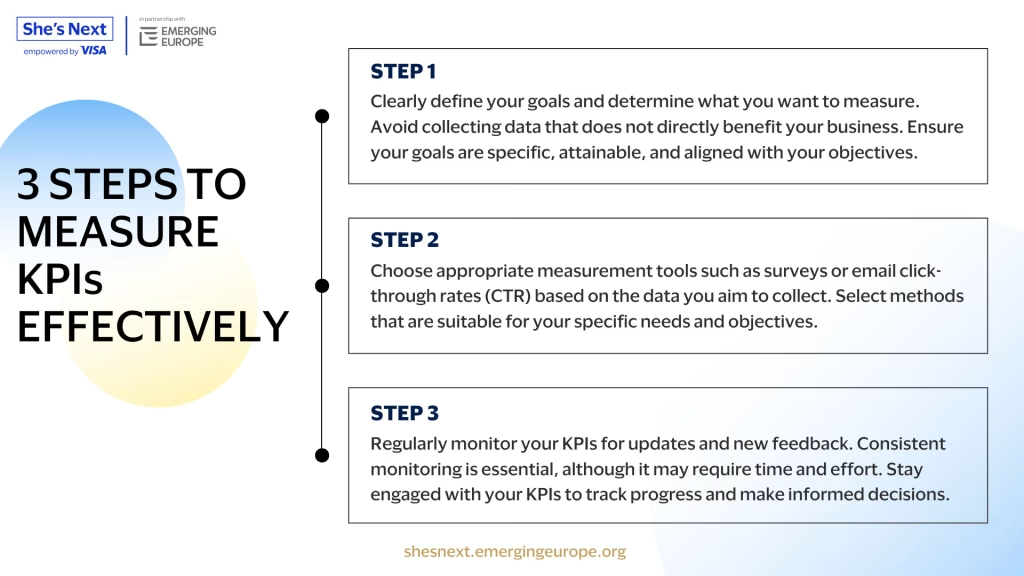
A Guide to Validating Your Business Idea – Part 2
By now, if you have read first and second articles in this series, Idea Validation: A Crucial Step in Entrepreneurship and A Guide to Validating Your Business Idea – Part 1, you should be fairly familiar with idea validation and tools you can use—such as competitor analysis and market research. If you have not, we highly recommend you read those first.
In this article we will be focusing on more complex topics such as MVP development and KPIs.
Prototyping and MVP Development
At its essence, idea validation involves testing and researching a product to ensure its success before committing significant capital to its development. One effective method for this is the Minimum Viable Product (MVP) approach. MVP entails creating the most basic and cost-effective version of your product to test it within your team and perhaps with a select group of users. This allows you to gather reactions and feedback without investing substantial capital or time, thus facilitating the idea validation process.
Listening to Feedback
Like most forms of research and testing, feedback is incredibly useful but idea validation is of the upmost of importance given that it is heavily based on what your market thinks. It’s important to make sure that you not only listen and collect feedback, but also implement it to your ideas or future prototypes.
Effectively implementing feedback is not as simple as putting every piece of feedback into account, you need to carefully select and evaluate each piece to see if it can benefit your product, satisfy the market demands and is possible. By following these steps, you can start to refine your business ideas and mould them into successful products, ready for your market.

Key performance indicators
Key Performance Indicators (KPIs), also referred to as metrics, serve as measures to assess the viability and potential success of a business concept by evaluating critical data points. Effective KPI measurement is crucial for obtaining actionable insights into your audience and their decision-making processes. To initiate KPI measurement, follow these three simple steps:
1. Clearly define your goals and determine what you want to measure. Avoid collecting data that does not directly benefit your business. Ensure your goals are specific, attainable, and aligned with your objectives.
2. Choose appropriate measurement tools such as surveys or email click-through rates (CTR) based on the data you aim to collect. Select methods that are suitable for your specific needs and objectives.
3. Regularly monitor your KPIs for updates and new feedback. Consistent monitoring is essential, although it may require time and effort. Stay engaged with your KPIs to track progress and make informed decisions.
Pivot or Persevere
This phase of idea validation poses one of the greatest challenges: deciding whether to pursue or abandon an idea. The key lies in identifying signs of potential success or failure. Merely encountering a few setbacks in prototyping doesn’t necessarily render an idea invalid, nor does garnering initial positive feedback automatically deem it innovative. Instead, focus on potential long-term indicators that could impact your venture, such as:
High production costs: If the market size cannot sustain steep production costs and expansion isn’t feasible, it may be wise to pivot from the idea.
Limited market exploration: If the idea struggles to gain traction in one market segment, consider shifting focus to a more stable demographic and persisting.
Lack of differentiation: If your idea closely resembles existing products or lacks distinctiveness from competitors, breaking into the market may prove challenging, necessitating a pivot.
In summary, while idea validation is essential, it’s equally vital to glean insights from prototyping and research endeavours. Learning from setbacks and refining your product to disrupt the market are essential steps towards success.
New Free Courses — Made for Ambitious Women Entrepreneurs!
It’s time to grow smarter, adapt faster, and take your business global.
Explore two powerful courses available exclusively to She’s Next members:
The Reinvention Masterclass for Start-up Founders
Beyond Borders: Building for Global Success
Enroll today — it’s free!






Responses